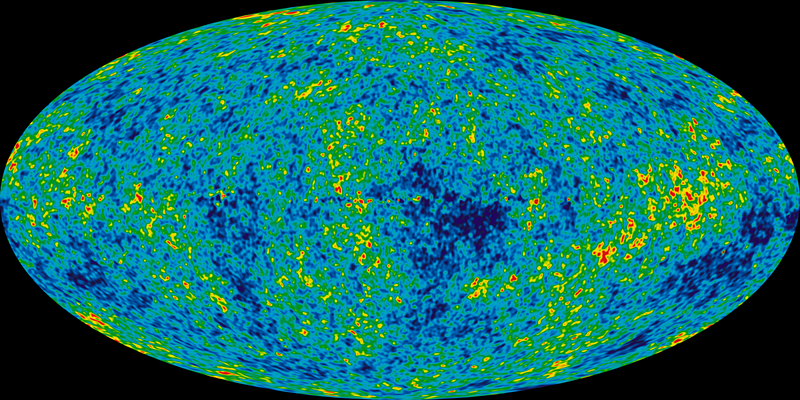The Big Bang Theory: Unveiling the Universe's Origins
Written on
Chapter 1: Understanding the Big Bang Theory
The prevailing explanation for the beginning of the universe is the Big Bang theory. But how did we arrive at this conclusion? Let's delve into the evidence that supports this groundbreaking idea.
This paragraph will result in an indented block of text, typically used for quoting other text.
Section 1.1: The Redshift Phenomenon
Initially, astronomers believed that the Milky Way was the only galaxy in existence, housing all visible stars. However, in the 1920s, American astronomer Edwin Hubble made a revolutionary discovery: the universe is much larger than previously imagined, containing billions of galaxies. This revelation reshaped our understanding of the cosmos.
Hubble's observations revealed something intriguing: nearly all distant galaxies exhibited redshift. This phenomenon indicates that they are moving away from us, with greater distances correlating with increased velocities. But how does this suggest a beginning? If we consider time in reverse, the galaxies would converge, ultimately leading to a singular point of infinite density known as the Big Bang Singularity. This event marks the inception of the universe.
Section 1.2: The Cosmic Echo
In 1948, cosmologist Ralph Alpher predicted that residual radiation from the Big Bang would exist in the microwave spectrum. This Cosmic Microwave Background Radiation (CMBR) serves as a remnant of the universe's early moments.
Following the Big Bang, the universe underwent rapid expansion, referred to as the inflationary period. This expansion stretched the radiation, which is now detectable only in the microwave range. Notably, the discovery of CMBR was serendipitous. In 1965, radio astronomers Arno Penzias and Robert Wilson, while developing a radio receiver, encountered persistent noise emanating from all directions. Concurrently, researchers at Princeton were searching for CMBR and identified this noise as its manifestation. The two astronomers received the Nobel Prize in Physics in 1978 for their groundbreaking find.

Chapter 2: Elements and Structures of the Universe
Section 2.1: Abundance of Light Elements
When observing the universe, we predominantly find hydrogen and helium, with trace amounts of lithium. Why are these elements so prevalent? The Big Bang theory provides an explanation: as the universe expanded and cooled, specific elements formed in predictable proportions. This process, known as Big Bang Nucleosynthesis, accounts for the observed quantities of these elements today, particularly in distant stars and galaxies, which allow us to trace back to the universe’s infancy.
Section 2.2: Formation of Galaxies
Post-Big Bang, the universe not only expanded but cooled, leading to decreased density. This temperature reduction allowed gravity to take precedence, pulling matter together to form the first stars and galaxies, ultimately giving rise to the large-scale structures we observe today.
Section 2.3: Observing the Past
The Steady State theory posits an unchanging universe over time, contrasting with our observations. Light travels at a finite speed; for instance, light from the closest star, Alpha Centauri, takes 4.37 years to reach us. Thus, when we gaze at distant objects, we are effectively looking back in time. Observations of ancient galaxies provide evidence that aligns with the Big Bang model, supporting its validity over the Steady State theory.

In conclusion, various lines of evidence reinforce the belief that the universe commenced with the Big Bang. As we gather more data, our understanding of this monumental event continues to deepen. It’s clear why the scientific community largely endorses the Big Bang theory.